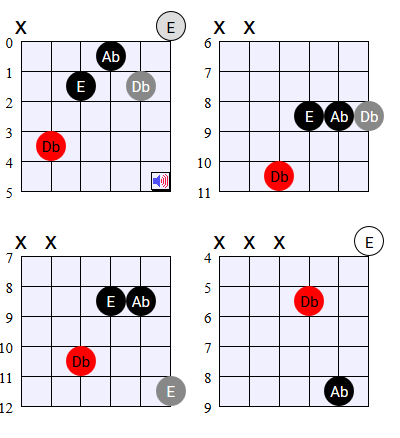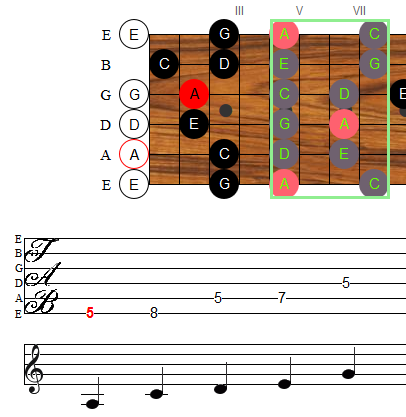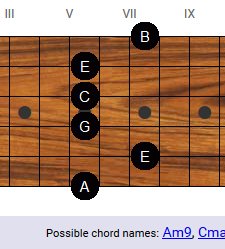This will be a fun lesson. Pentatonic scales are easy to learn, easy to play, and they sound like rock ‘n’ roll. If you want to start improvising or creating solos on guitar, chances are you’ll want to learn at least one or two pentatonic scale shapes. Most blues guitar parts are based around the pentatonic minor scale, or a close variation of it.
The best part about pentatonic scales is that if you know the major scale, you already know how to play the pentatonic major scale and the pentatonic minor scale. (If you don’t, don’t worry. I’ll teach you here, or you can read about major scales.)
Continue reading Pentatonic scales





